Here we are discussing how to check or functional test a solenoid valve using instrument air supply.
Solenoid Valve Testing
- The air supply is connected to the Air Filter Regulator (AFR)
- Set the Required pressure in the AFR and connect the outlet of AFR to Solenoid Valve (SOV)
- Connect the outlet of Solenoid Valve to a Ball Valve.
- Connect a Pressure Gauge ( Test Gauge ) at the outlet of Solenoid Valve.
- Test Gauge’s purpose is to check the pressure in the outlet line depends on SOV energization.
- Ball valve used to stop the functional testing
Test Equipment:-
- Air Filter Regulator
- Digital Multimeter (optional)
- 24VDC Power Supply
- Test Gauge
Typical SOV Test Set-up
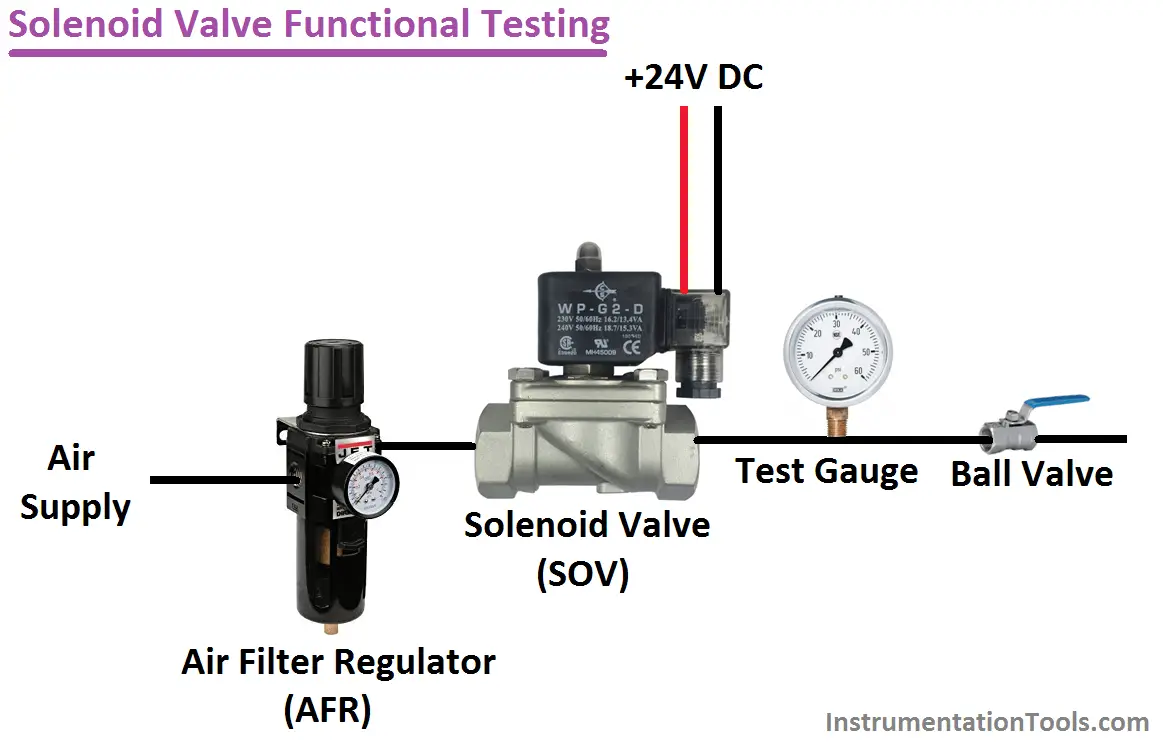 Functional Testing Procedure :
Functional Testing Procedure :
a. Check the manufacturer datasheet/instrument nameplate. Confirm the solenoid valve voltage/current ratings (consider it is +24V DC Device in our example)
b. Check the solenoid valve port configuration (i.e. either N.C. or N.0) (Assume it is N.C. in our example )
c. The hook-up instrument as per the typical test set-up shown above.
d. Apply air specified set pressure to inlet port of valve and connect 24VDC to solenoid valve terminals.
e. Switch on power supply 24VDC, check the valve energize by monitoring the test gauge pressure (Pressure will increase)
f. Switch off the supply. and confirm the valve de-energized, check test gauge pressure again (Pressure will decrease)
g. Tabulate all results in the Check Sheet.
Also Read: Solenoid Valve Troubleshooting Tips
Read Next:
- 4-way Solenoid Valve
- 3-way Solenoid Valve
- 2-way Solenoid Valve
- Solenoid Valve Selection
- Types of Solenoid Valves
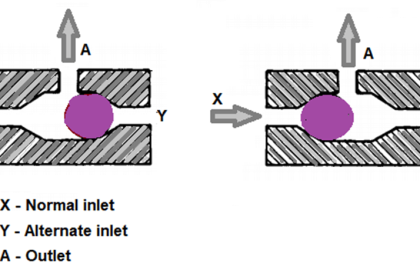
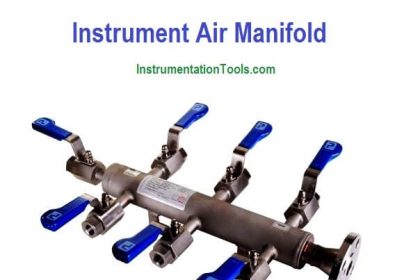
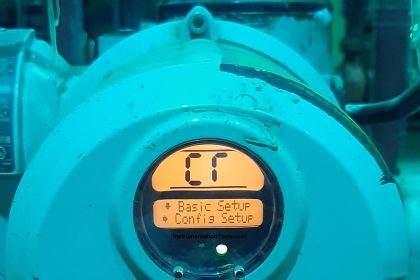
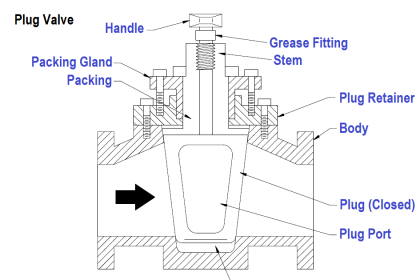
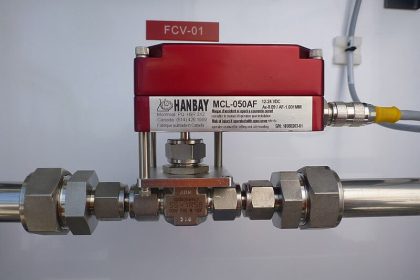
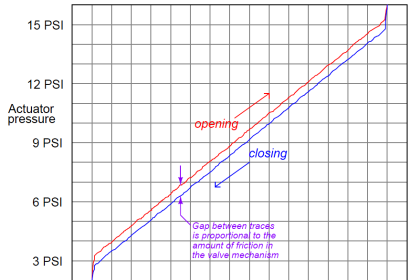
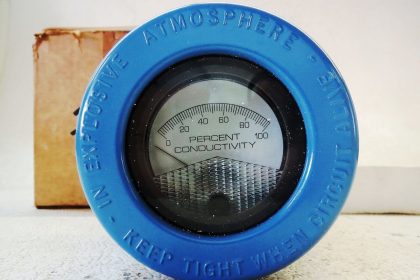
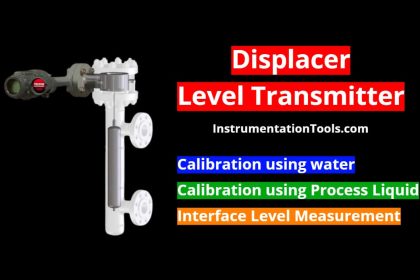
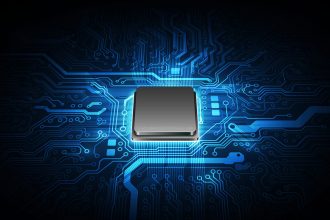
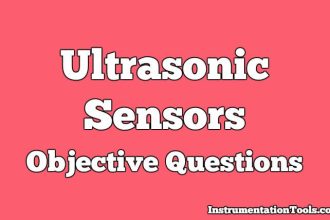
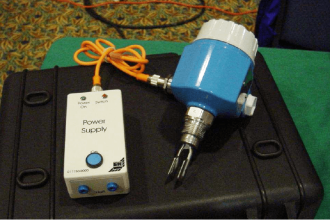
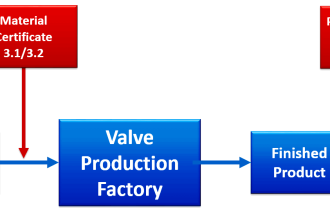

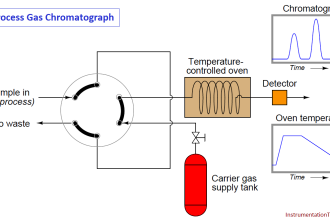
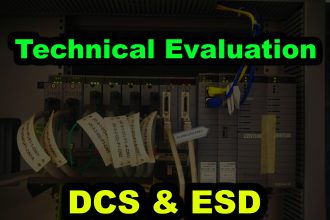
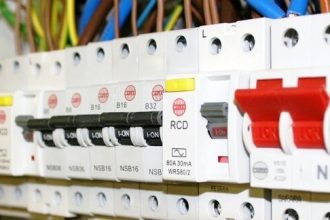

Helpful information…
Your valve will never close for there is no vent path-
The explanation of the diagram was excellent, concise and useful
Very good.
Thank you